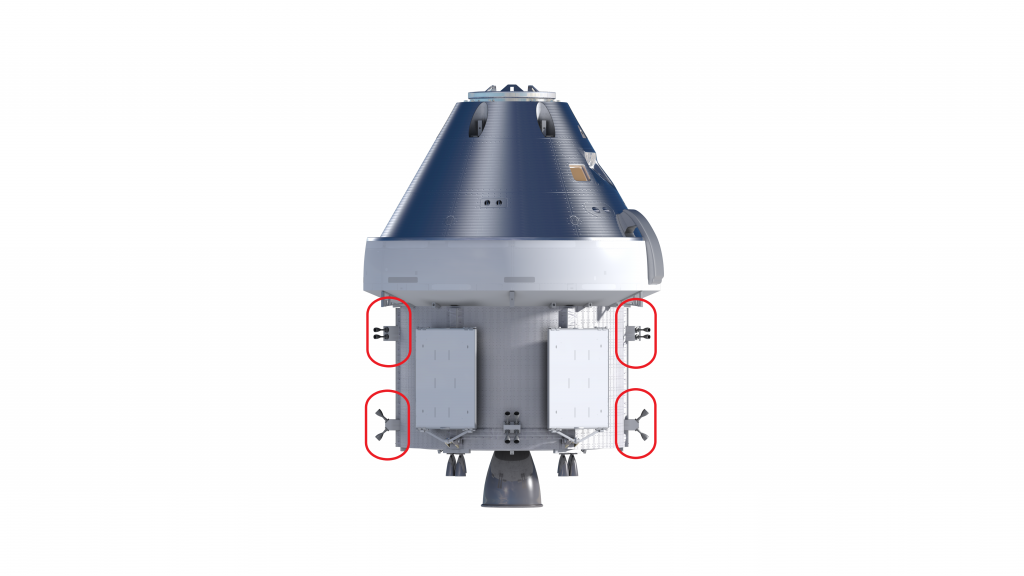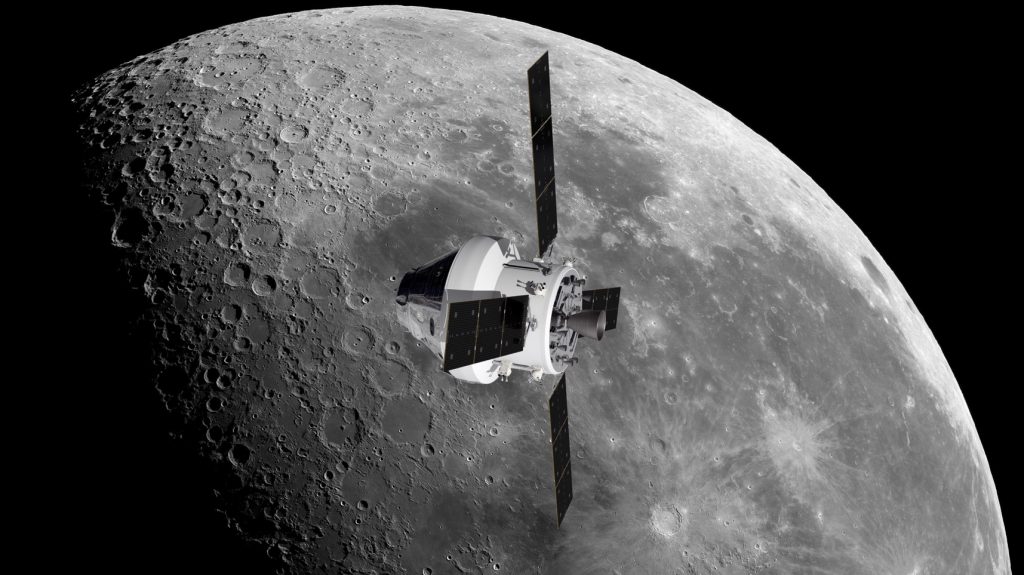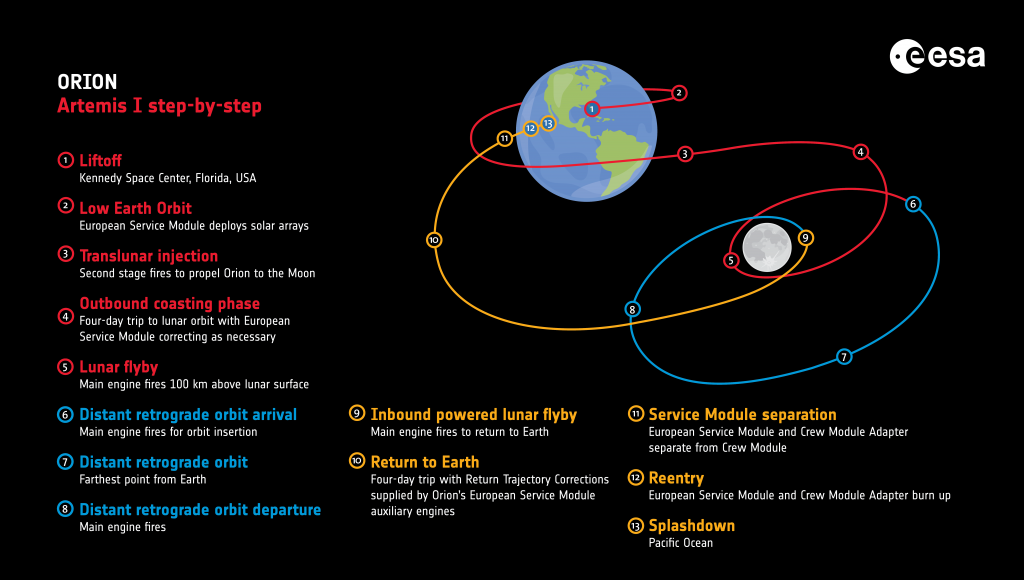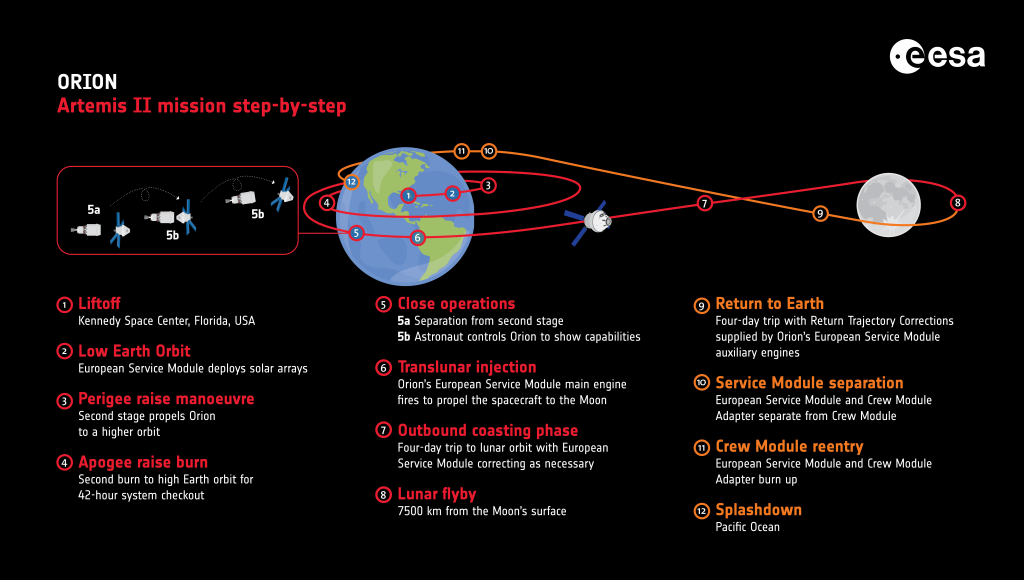On flight day 14, 29 November, European Service Module and Orion teams demonstrated the “low” portion of the reaction control thruster firing time range. This test objective is putting the reaction control system jets in different configurations to model how they will be used during the Artemis II mission, increasing understanding of spacecraft operations before astronauts fly aboard. The lowdown is that flight controllers wanted to see how low the reaction control thrusters can go, the minimum impulse that can be commanded with this type of thruster, for the finest of flight-tuning.

As part of planned testing throughout the mission, the guidance, navigation and control officer, also known as GNC, performed the sixth of eight planned tests of the star trackers that support Orion’s navigation system. Star trackers are a navigation tool that measure the positions of stars to help the spacecraft determine its orientation. The star trackers continue to provide excellent data. Engineers will expose different areas of the Orion spacecraft to the Sun and activate the star trackers at different temperatures to see if temperature differences cause any changes.
A new flight test objective was added to flight day 14 to collect additional information on Orion’s European Service Module temperature systems. During a majority of the mission Orion typically flies tail-to-Sun with the solar arrays facing toward the Sun to generate maximum power. This flight test will orient Orion outside of an optimum tail-to-Sun flight by up to 20 degrees. Currently, flight rules require that when Orion is out of the tail-to-Sun attitude for more than three hours, a ten-hour tail-to-Sun recovery period is required. This additional flight test objective will help engineers understand the range of Orion’s thermal performance to incorporate into Artemis II and beyond.

The six days Orion is spending in distant retrograde orbit allows engineers to test the spacecraft and its systems in deep-space preparing for missions with astronauts. The distant retrograde orbit is a highly stable orbit where little fuel is required to stay on course.

On Artemis II, four astronauts in Orion will travel around the Moon and fly several thousand miles above the lunar far side before trekking back to Earth. On Artemis III, the first Artemis mission to the lunar surface, Orion will venture to a near-rectilinear halo orbit, an orbit that looks like a halo, balanced between the Earth’s and Moon’s gravity. The orbit is where the lunar Gateway will be assembled and provides access to the Moon’s South Pole, where 13 candidate landing regions have been identified for future Artemis missions.

Just after 23:00 CET (22:GMT) on 29 November Orion was over 424 866 km from Earth and nearly 74 030 km from the Moon, cruising at 2881 km/h.

 Automated Transfer Vehicle page
Automated Transfer Vehicle page ATV blog archive
ATV blog archive
Discussion: no comments